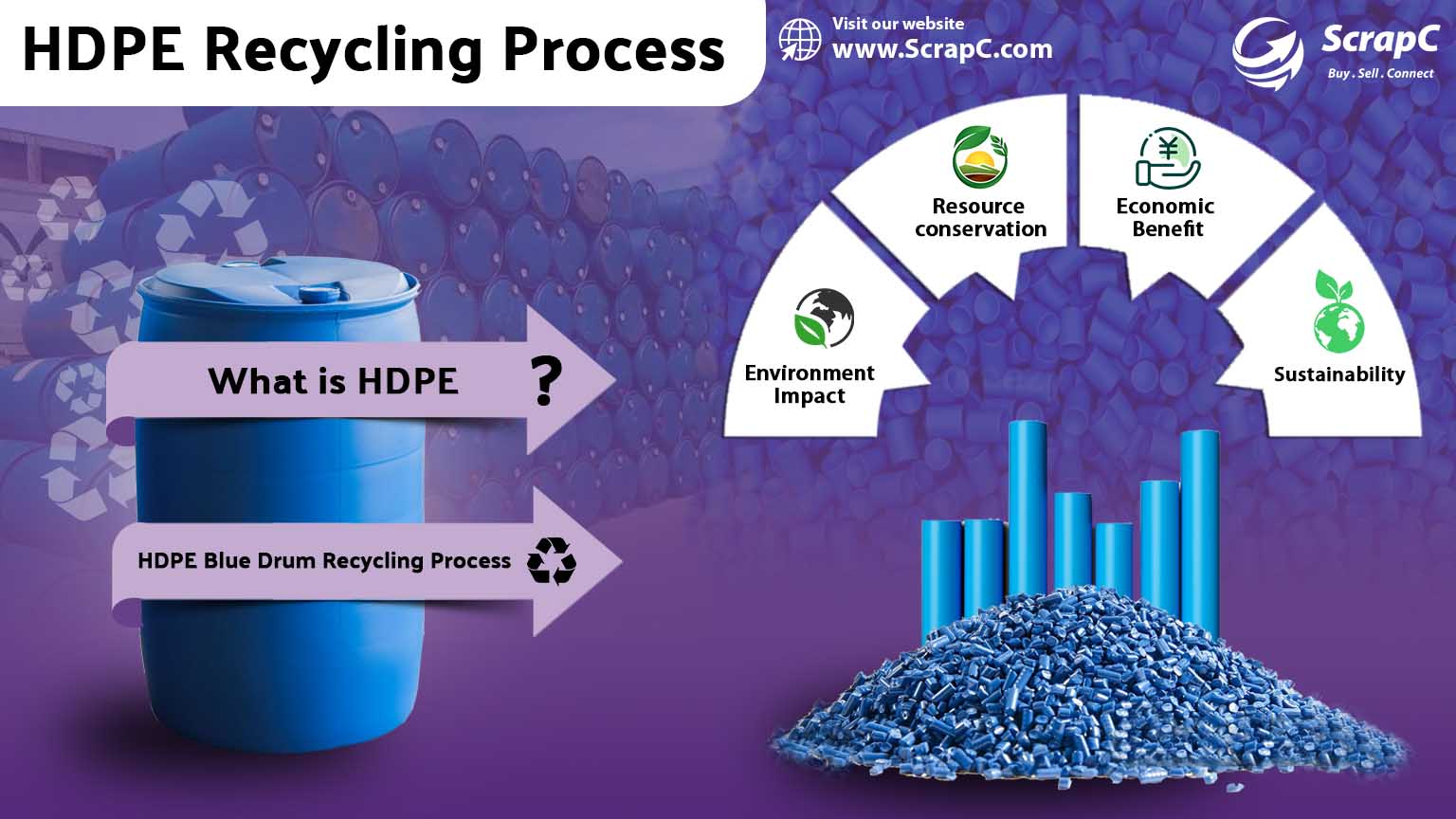Introduction
Polypropylene (PP) is a thermoplastic polymer derived from propylene monomers, renowned for its diverse applications and remarkable properties. In this comprehensive guide, we delve into the world of polypropylene, exploring its structure, material properties, and the extensive array of products it influences
What is Polypropylene (PP)?
Polypropylene, abbreviated as PP, is a versatile thermoplastic with a low density, high melting point, and exceptional chemical resistance. Understanding its structure and material properties is crucial to appreciating its wide-ranging applications.
Polypropylene Material Properties
Polypropylene’s material properties, including low density, chemical resistance, high melting point, and excellent fatigue resistance, make it suitable for various applications in different industries. Its high tensile strength contributes to its reliability in engineering contexts.
The Harmonized System (HS) Code for Polypropylene (PP) is 39021000.
Polypropylene (PP) is characterized by its relatively low density, typically ranging between 0.89 to 0.91 grams per cubic centimeter (g/cm³).
Polypropylene (PP) is known for its relatively high melting point. The melting point of polypropylene typically ranges between 160 to 166 degrees Celsius (320 to 331 degrees Fahrenheit).
The monomer for polypropylene is propylene (C3H6). Through polymerization, propylene molecules join together to form the thermoplastic polymer known as polypropylene (PP), widely used in various industries for its versatile properties.
Types of Polypropylene
Polypropylene (PP) comes in various types, each tailored to specific applications and performance requirements. The primary types of polypropylene include:
- Homopolymer Polypropylene (PP-H):
- Comprising solely propylene monomers, PP-H offers high stiffness, strength, and temperature resistance, making it perfect for structural applications like pipes and automotive components.
- Random Copolymer Polypropylene (PP-R):
- PP-R, incorporating ethylene or other comonomers with propylene, strikes a balance between stiffness and impact resistance, making it a versatile choice for packaging, film production, and healthcare products.
- Block Copolymer Polypropylene (PP-B):
- Featuring distinct blocks of propylene homopolymer and copolymer segments, PP-B combines the toughness of copolymers with the high melting point of homopolymers, making it well-suited for impact-resistant applications.
- Catalyst Systems:
- Ziegler-Natta Catalyst yields isotactic polypropylene known for its high melting points and crystallinity, making it an excellent choice for applications requiring robust, heat-resistant materials.
Polypropylene Structure
The structure of polypropylene (PP) is a linear polymer composed of repeating propylene monomer units. These monomers link together through covalent bonds, forming a long-chain polymer with a high degree of regularity. The molecular structure of polypropylene is isotactic, meaning that all the methyl groups (CH3) attached to the carbon atoms in the polymer chain are positioned on the same side.
This isotactic arrangement contributes to the polymer’s crystalline nature and provides polypropylene with several key characteristics, including high melting point, chemical resistance, and excellent fatigue resistance. The specific structure of polypropylene makes it a versatile thermoplastic widely used in various applications across industries
How to Produce Polypropylene
The production of polypropylene involves the polymerization of propylene monomers using catalysts and specialized equipment to control molecular weight and other properties
Uses of Polypropylene
- Polypropylene Sheets: Ideal for packaging, signage, and construction applications.
- Polypropylene Bags: A go-to choice for packaging due to strength and flexibility.
- Polypropylene Plastic: Widely used in manufacturing diverse plastic products, Polypropylene granules are employed in manufacturing diverse products like packaging materials, textiles, and plastics.
- Polypropylene Fabric: Employed in textiles for strength and resilience.
- Polypropylene Rope: Known for durability, used in marine and industrial settings.
- Polypropylene Pipe: Suitable for plumbing and fluid transport systems.
- Polypropylene Film: Used in packaging, printing, and lamination applications.
- Polypropylene Packaging: Durable and versatile for protecting goods during transit.
- Polypropylene Homopolymer: Offers high stiffness and impact strength in specific applications.
Polypropylene Pumps: Used in chemical processing due to its chemical resistance.
Examples of Polypropylene (PP) Products
- PP Bags for bulk packaging and storage.
- Polypropylene Sheets for construction and industrial applications.
- Polypropylene Rope for marine and outdoor use.
- Polypropylene Plastic Containers for storage and transportation.
- Polypropylene Pipe for plumbing and fluid conveyance.
- Polypropylene Film for flexible packaging solutions.
- Polypropylene compound is a material formed by combining polypropylene with additives, fillers, or reinforcements during manufacturing.
Conclusion
Discover the versatility and significance of polypropylene in modern manufacturing, from PP sheets and bags to plastic products and more. Dive into the diverse world of polypropylene, where its exceptional properties continue to shape and influence a multitude of industries.





